The term “Web3” has become a buzzword in the tech industry, promising to revolutionize how we interact with the internet. By leveraging blockchain technology and decentralized principles, Web3 aims to provide a more secure, accessible, transparent, and user-centric digital environment.
Web3 empowers you to have full control over your data, identities and digital interactions. Thus, it finds use in different real-world applications, showcasing its potential to transform various sectors.
As we move through 2025, the use cases of Web3 keep expanding. Thus, this article will examine some of them comprehensively. Don’t stop scrolling, there is a lot to unpack.
What are Web3 Real-World Use Cases?
Web3 refers to the third generation of internet services for websites and applications, focusing on decentralized protocols and blockchain technology. Unlike the traditional Web2, which relies on centralized servers, Web3 emphasizes user control, privacy, and peer-to-peer interactions.
Therefore, the Web3 real-world use cases encompass a wide range of applications that leverage blockchain technology to create a more decentralized and user-centric internet.

Importance Of Web3 in the Current Technological Landscape
The importance of web3 in today’s technological landscape cannot be overemphasized. Web3 is crucial in the current technological landscape as it addresses significant issues such as data privacy, security, and centralization.
By enabling decentralized applications (dApps) and services, Web3 aims to democratize the internet, giving users more control over their data and digital identities.
Top 10 Real-World Use Cases of Web3 in 2025
Here are some key real-world use cases of Web3 that are making a significant impact:
1. Decentralized Finance (DeFi)
Decentralized Finance (DeFi) encompasses financial services and products built on blockchain technology, enabling transactions and interactions without intermediaries like banks or middlemen.
DeFi leverages smart contracts to automate and secure financial activities, offering a more open, transparent, and accessible financial system.
Some key DeFi projects and platforms are:
- Uniswap: Uniswap is a decentralized exchange (DEX) that allows users to trade cryptocurrencies directly with one another.
- Aave: Aave is a decentralized lending and borrowing platform where users can earn interest on deposits and borrow assets.
- MakerDAO: MakerDAO is a decentralized credit system that allows users to generate DAI, a stablecoin pegged to the US dollar.
DeFi challenges traditional financial systems by reducing reliance on centralized institutions, lowering transaction costs, and providing financial services to unbanked populations. It democratizes access to financial tools and services, promoting financial inclusion and innovation.
2. Non-Fungible Tokens (NFTs)
Non-fungible tokens (NFTs) are unique digital assets verified on a blockchain, representing ownership of specific items such as art, music, videos, collectibles, and virtual real estate.
Unlike cryptocurrencies, which are fungible and interchangeable, NFTs are distinct and cannot be exchanged on a one-to-one basis.
Some of the popular use cases of NFTs are:
- Art: Digital artists sell their creations directly to collectors without intermediaries.
- Music: Musicians can monetize their work by selling NFTs of their music or exclusive content.
- Gaming: In-game assets and virtual items can be traded and owned as NFTs, giving players true ownership of their digital goods.
Platforms like OpenSea and Rarible have become hubs for NFT trading, allowing users to buy, sell, and auction their digital assets securely and transparently.
3. Decentralized Autonomous Organizations (DAOs)
Decentralized Autonomous Organizations (DAOs) are member-owned communities without centralized leadership. They operate based on smart contracts, which encode the organization’s rules and execute decisions based on member votes.
DAOs empower users with voting and ownership rights by providing them with governance tokens.
MakerDAO, which governs the DAI stablecoin, and DAOstack, a platform for creating and managing DAOs, are prominent examples. These organizations leverage blockchain technology to facilitate decentralized decision-making.
Some of the benefits of DAOs are:
- Transparency: All decisions and transactions are recorded on the blockchain, ensuring transparency.
- Democratic Governance: Members have voting rights proportional to their holdings or contributions.
- Efficiency: DAOs can operate autonomously, reducing administrative overhead and increasing operational efficiency.

4. Supply Chain Management
Web3 technologies enable greater transparency and efficiency in supply chain management by providing a decentralized and immutable ledger for tracking goods from origin to consumer. This ensures authenticity, ethical standards, reduces fraud, and improves accountability.
Through Web3, blockchain technology can be used in tracking and verifying goods due to:
- Traceability: Blockchain allows every step in the supply chain to be recorded and verified, ensuring product integrity.
- Transparency: Consumers can access detailed information about product origins and handling, fostering trust.
Some practical examples include:
- Luxury firms for verifying the ethical procurement of precious stones.
- Food companies for confirming fair-trade policies.
- Renewable energy providers for tracking the source of sustainable energy.
- VeChain provides solutions for tracking products in various industries.
- IBM Food Trust focuses on enhancing food safety and traceability.
5. Digital Identity and Privacy
Traditional digital identity systems are centralized, making them vulnerable to data breaches and misuse. Users often have limited control over their personal information, which can be exploited by third parties.
Web3 solutions provide decentralized identity management, allowing users to control and manage their digital identities securely. This reduces the risk of data breaches and enhances privacy.
uPort and Sovrin are at the forefront of digital identity innovation. They provide frameworks for secure, self-sovereign identity management, enhancing privacy and user control.
6. Healthcare and Medical Records
Traditional healthcare systems face challenges such as data silos, lack of interoperability, and security vulnerabilities. Patients have limited access to their medical records and control over their data.
Web3 has revolutionized healthcare by providing secure, interoperable, and patient-centric medical records. Blockchain ensures data integrity, security, and accessibility.
Some Web3 initiatives in this field are:
- MedRec: MedRec uses blockchain for secure and interoperable medical records.
- Patientory: The Patientory platform focuses on patient-centric healthcare data management.
7. Real Estate and Property Management
Web3 can streamline real estate transactions by eliminating intermediaries, reducing fraud, and increasing transparency. Blockchain-based platforms facilitate efficient property management and secure transactions.
Web3 also promotes the tokenization of real estate assets. Tokenization allows for fractional real estate ownership, making investments more accessible and liquid. Investors can buy and sell real estate tokens, enhancing market liquidity.
Some key platforms and projects are:
- Propy: this project facilitates blockchain-based real estate transactions.
- RealT: this platform offers fractional ownership of real estate through tokenization.
8. Gaming and Virtual Worlds
Blockchain games are simply games built using blockchain technology. The way they are referred to (crypto game, NFT game, Metaverse game) depends on the exact way they leverage blockchain.
Web3 is transforming the gaming industry with play-to-earn models, where players can earn GameFi tokens for their participation and achievements. Virtual assets and in-game items can be owned and traded as NFTs. Also, the games are interoperable and enable gamers to control their data.
Blockchain games help make the virtual world as immersive as reality by connecting individuals and communities. This leads to more open-ended economies and pushes the fabric of the digital ecosystem.
Axie Infinity and Decentraland are popular Web3 gaming platforms. Axie Infinity allows players to earn tokens by battling and breeding virtual creatures, while Decentraland enables users to buy, sell, and develop virtual real estate.

9. Content Creation and Distribution
Web3 provides content creators with ownership and control over their work, enabling direct monetization without intermediaries. This empowers creators to generate revenue from their content and engage directly with their audience.
Other benefits include the elimination of data exploitation, algorithm bias, and censorship concerns.
Some decentralized content creation platforms are:
- Audius: Audius is a decentralized music streaming service that rewards artists for their work.
- Mirror: Mirror is a decentralized publishing platform that enables writers to monetize their content directly.
- Bluesky: Bluesky is a social media platform where users can share short posts that include texts, images and videos.
10. Environmental Sustainability
Web3 also contributes to environmental sustainability through initiatives like carbon credit tracking, energy efficiency mechanisms and green energy markets. Blockchain ensures transparency and accountability in these projects.
Blockchain can track and verify carbon credits, promoting accountability and encouraging sustainable practices.
Powerledger and CarbonX are notable Web3 projects focusing on sustainability. Powerledger provides blockchain-based energy trading solutions, while CarbonX tracks and verifies carbon credits.
Challenges in Web3 Adoption in 2025
While Web3 presents a multitude of exciting possibilities and transformative potential, several significant challenges must be addressed to achieve widespread adoption in 2025.
These challenges span across technological, regulatory, economic, and social domains. Here, we explore some of the most pressing issues facing Web3 adoption today:
Scalability and Transaction Costs
Current blockchain technology struggles to handle the high volume of transactions needed for mass adoption. This can lead to slow processing times and high gas fees (transaction costs), discouraging users accustomed to the speed and affordability of traditional web applications.
Lack of Interoperability
The fragmented nature of the Web3 landscape is another major hurdle. Different blockchains often operate in silos, making it difficult for users to seamlessly move their assets or data between platforms. This lack of interoperability limits the potential network effects that drive widespread adoption.
User Experience Complexity
Compared to user-friendly Web2 applications, navigating Web3 platforms can be daunting for new users. Managing digital wallets, understanding blockchain concepts, and interacting with decentralized applications (dApps) requires a steeper learning curve.
Security Concerns
Decentralized systems are not entirely immune to security vulnerabilities. Hacking attacks on blockchain platforms and vulnerabilities in smart contracts can lead to loss of funds and digital assets, eroding user trust in the technology.
Regulatory Uncertainty
The regulatory environment surrounding Web3 is still evolving. This lack of clarity creates uncertainty for businesses and hinders innovation. Governments are grappling with issues like cryptocurrency classification and consumer protection in the decentralized space.
Limited Awareness and Education
Despite growing media attention, there’s still a significant gap in public awareness and education regarding Web3 concepts. Educating users about the potential benefits and risks of Web3 is crucial for fostering trust and wider adoption.
Future of Web3 Adoption Beyond 2025
Looking beyond 2025, Web3 is poised to become an integral part of the digital landscape. The future of Web3 adoption hinges on overcoming challenges and fostering innovation.
Collaboration between developers, businesses, and policymakers will be key to developing user-friendly and secure Web3 applications. Building a strong foundation based on education, inclusivity, and responsible development will pave the way for a more decentralized and user-empowered future.
Conclusion
Web3 is set to revolutionize various industries by providing direct access to decentralized, transparent, and user-centric solutions.
From finance and healthcare to gaming and content creation, the real-world use cases of Web3 are vast and transformative. The integration of Web3 into mainstream applications and services will drive its adoption, making it a cornerstone of the internet’s future.
Zypto’s Cutting-Edge Blockchain Solutions
Zypto is a leading Web3 technology company dedicated to making cryptocurrency practical and accessible for everyone. Our flagship Zypto App offers a user-friendly DeFi wallet supporting over 24,000 crypto and fiat currencies, enabling users to buy, sell, trade, and swap assets all in one easy to use platform.
With Zypto Pay, businesses can effortlessly accept crypto payments, while individuals can utilize our virtual and physical crypto cards, pay bills with crypto in multiple countries, and purchase gift cards from over 8,500 international brands.
Our Rewards Hub enhances user engagement by offering bonuses, cashback, and exclusive discounts.
For enterprises, Zypto provides white label crypto solutions, wallet infrastructure, crypto custody and custom blockchain development services to easily integrate crypto into existing systems. Join us in building a more decentralized and borderless economy.
We welcome your comments and questions. Please feel free to share your thoughts in the comment section below.

FAQs
When did Web3 start?
The term “Web3” was coined in 2014 by Ethereum co-founder Gavin Wood, and the idea gained interest in 2021 from cryptocurrency enthusiasts, large technology companies, and venture capital firms.
The concepts of Web3 were first represented in 2013.
What is the main goal of Web3?
This version of the internet emphasizes personal data ownership and the use of blockchain technology and cryptocurrencies.
Web 3.0 is currently in the early stages of development, but its goal is to build an open, decentralized Internet platform that offers consumers increased value and security.
What is the role of cryptocurrency in Web3?
Cryptocurrency exchanges are indispensable to the Web3 ecosystem, providing the necessary infrastructure for asset transfer, liquidity, and integration with the broader blockchain landscape.
What is Web3 strategy?
A Web3 strategy involves leveraging decentralized technologies, blockchain, and smart contracts to create a more open and inclusive digital environment.
Businesses adopting this strategy prioritize user control, data ownership, and trust, thereby fostering a sense of community.




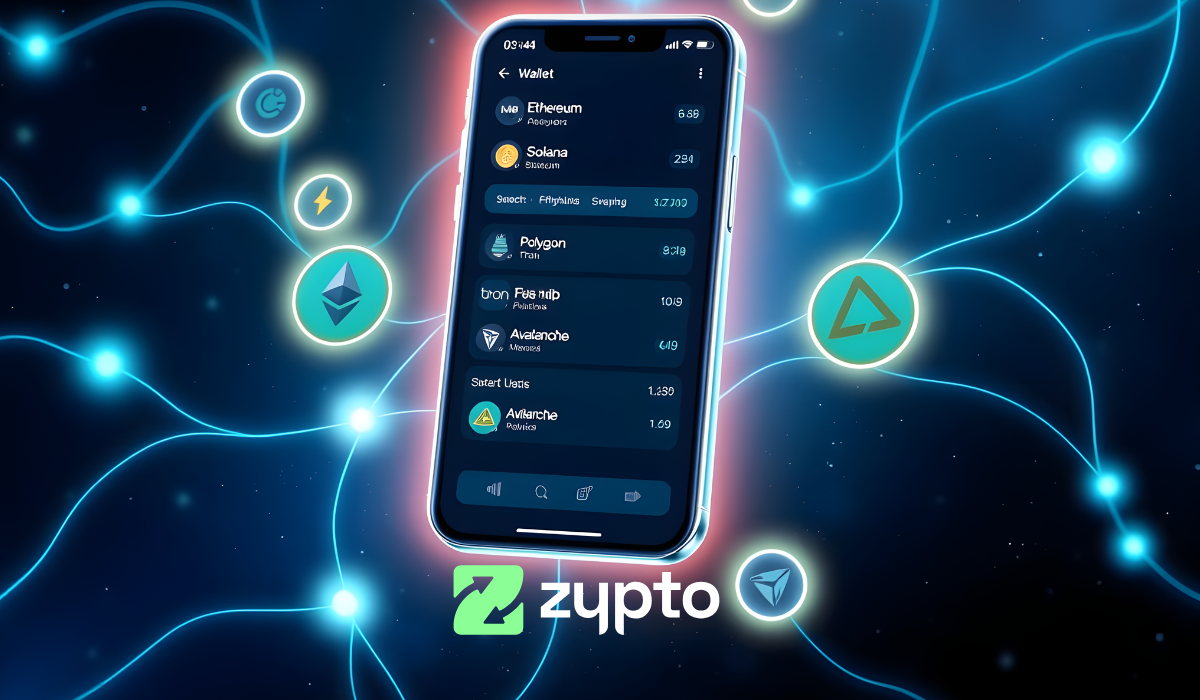

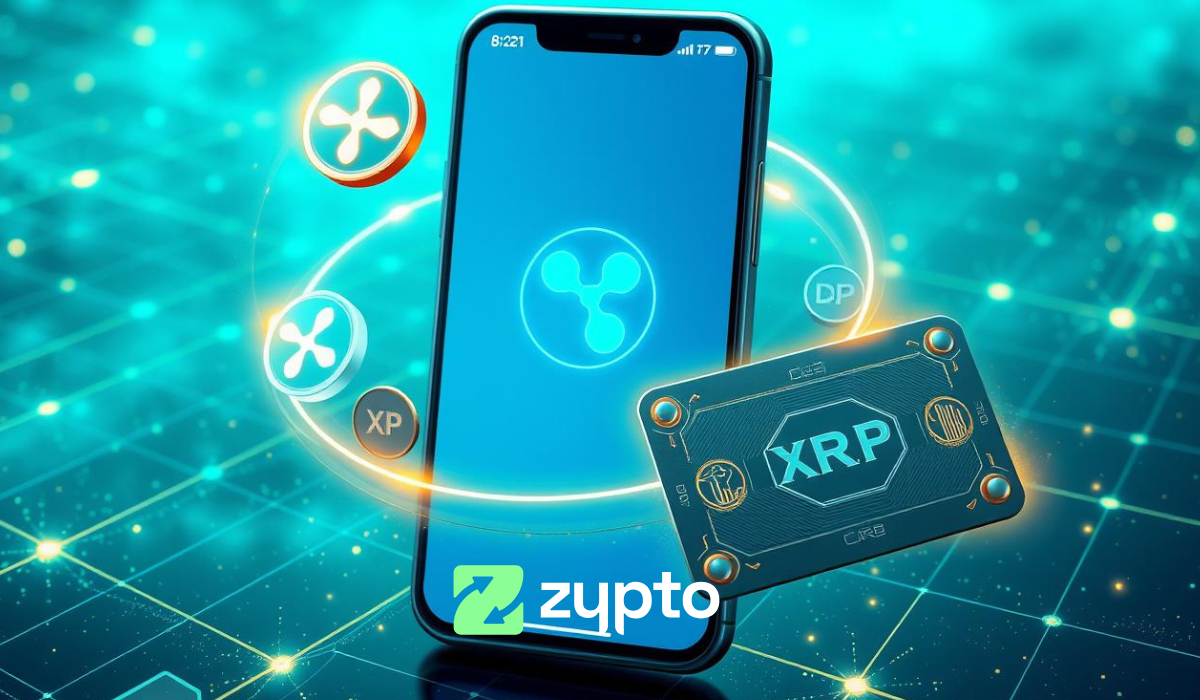

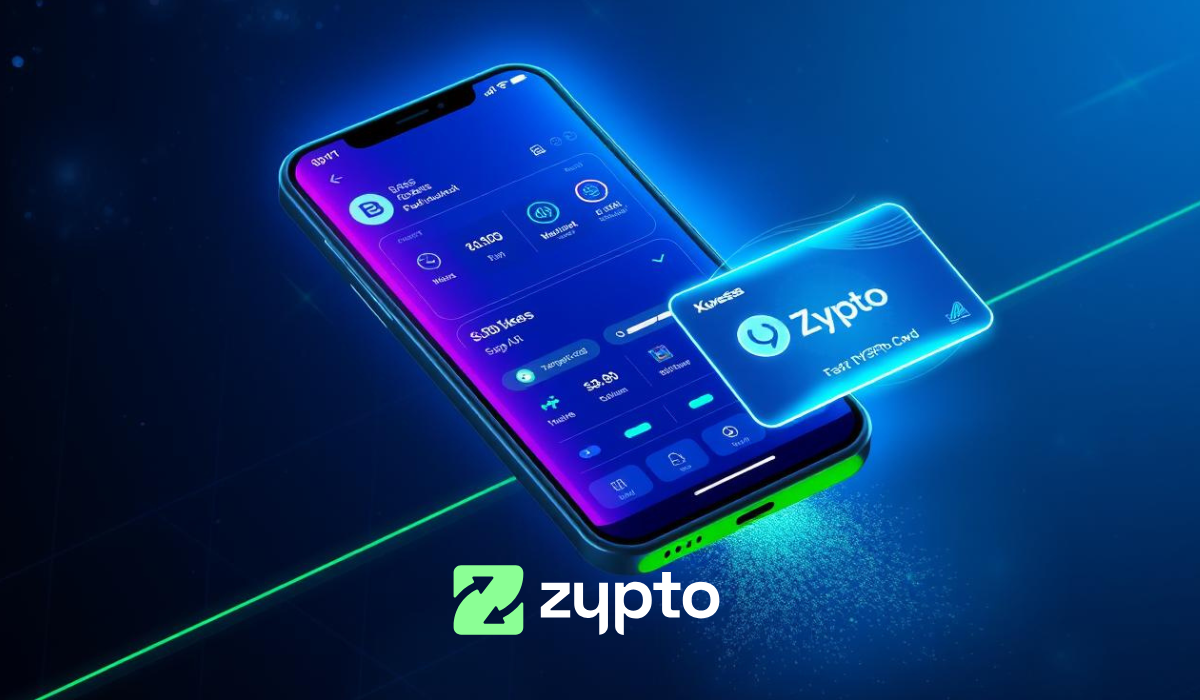




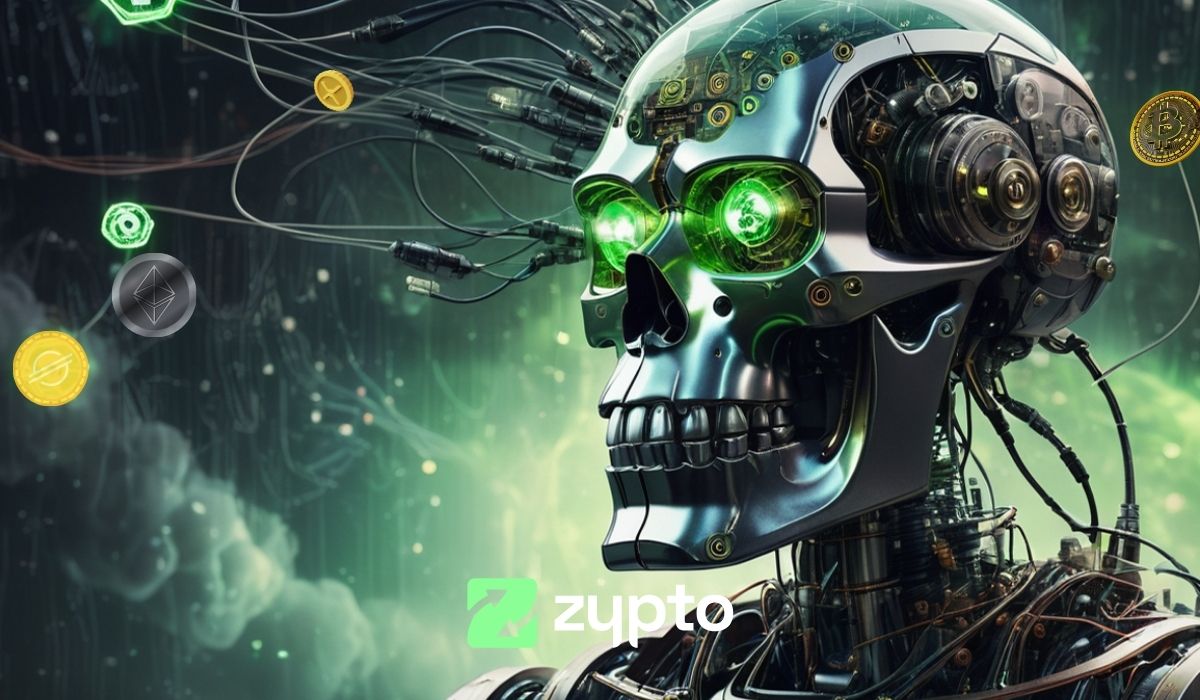

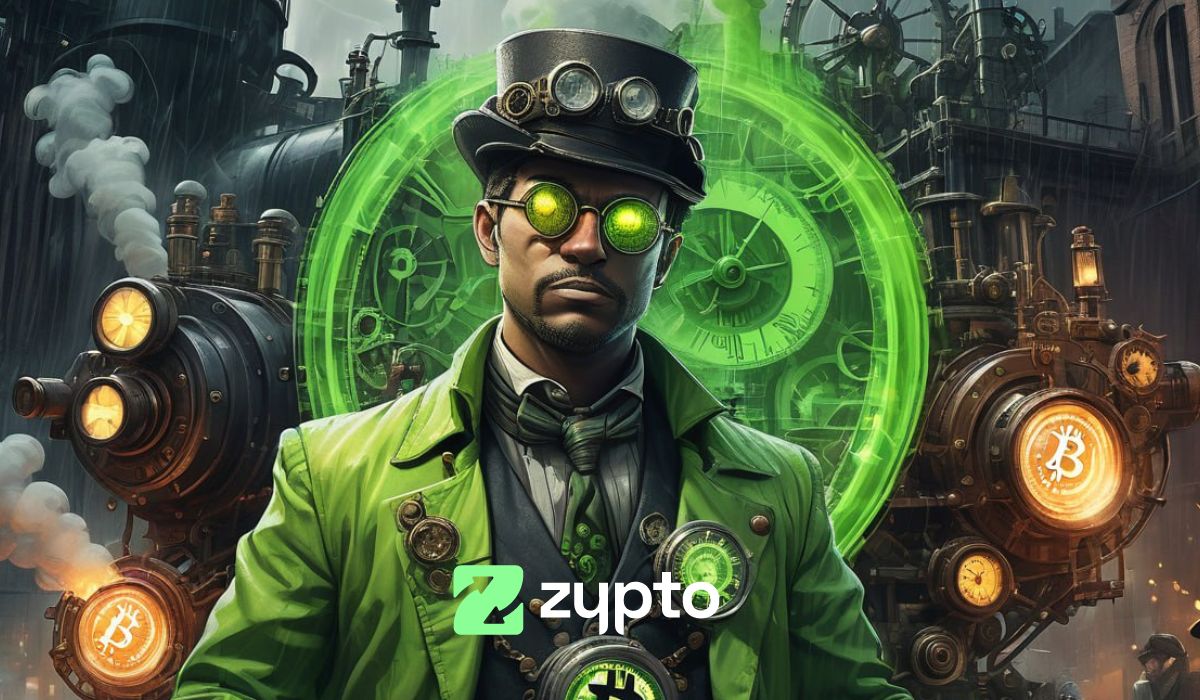






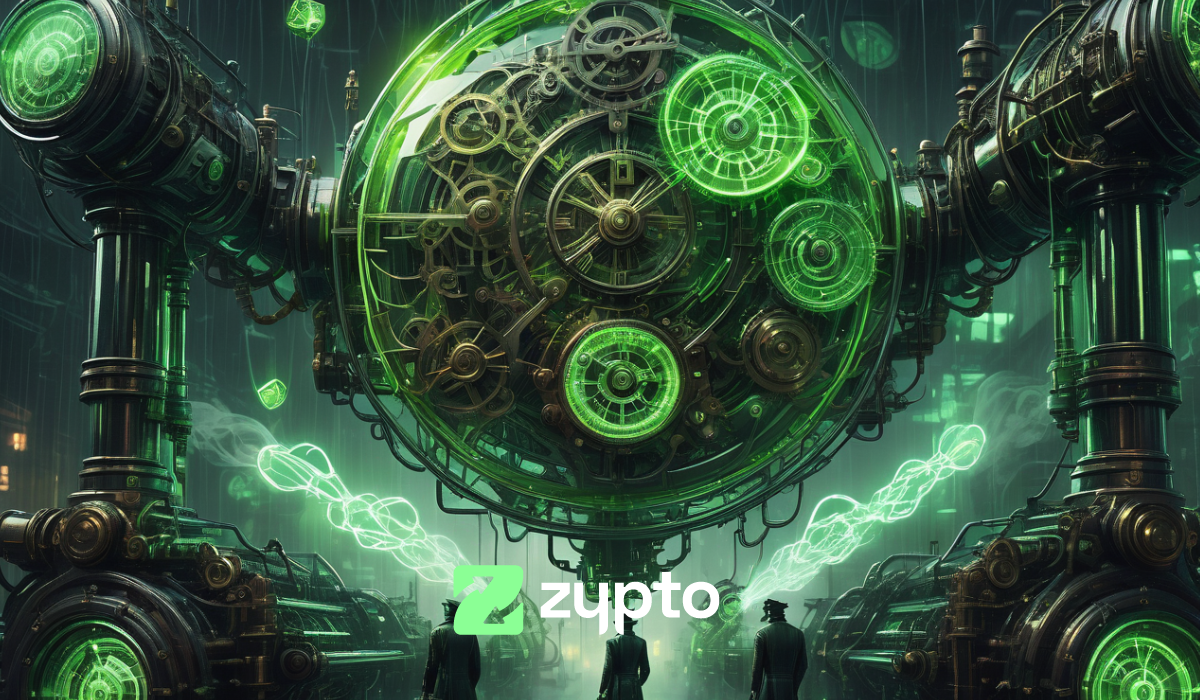

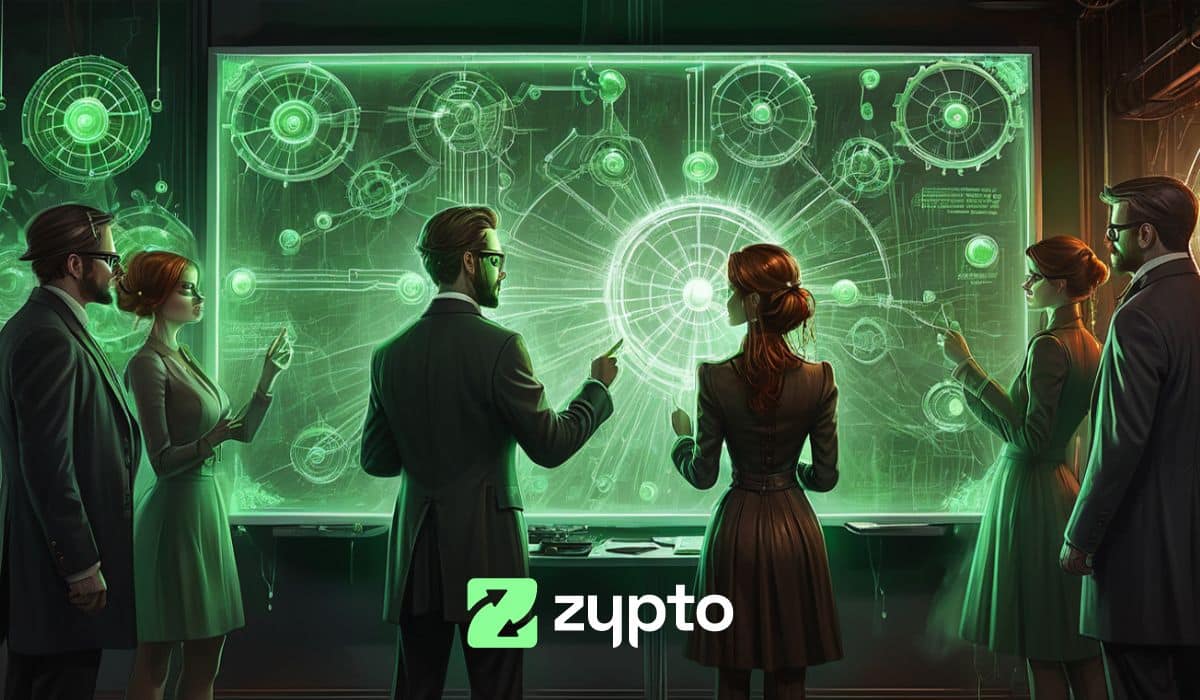




I just finished reading this whole blog and it’s one of the best ever blog on Web3 use cases.
All complex concepts clearly explain, so easy to understand. Can’t wait for the next post from Zypto!
This Zypto blog is a fantastic resource of Web3 crypto. And, The amazing research behind this blog is truly impressive. I found the supply chain section especially informative. I already saved this blog for future reference.
This Zypto blog post has one of the clearest DeFi explanations I have seen. From DEXs to stablecoins, this blog covers all the essentials topics. The research is impressive and spot on.
Very interesting read! While I am familiar with DEFI and NFTs, some concepts like the supply chain idea are new to me. Proving the origin of goods will become much more important, also when looking at potential trade conflicts and re-labelling to avoid tariffs..
NFTs can be confusing, but this blog cleared up a lot. Zypto share a lot of info about OpenSea and Rarible ; that was excellent. The research was amazing and well-organized. It’s a really helpful read for anyone new to Web3.
There’s a lot of noise around NFTs, but Zypto cuts through it. The blog talks about real platforms with real use. I found it both educational and enjoyable
NFTs were never clear to me before this blog. Zypto made it click with simple explanations and solid examples. Great research and clean writing throughout. I’ll be following the blog for sure
This DeFi section in the blog is very well written. It doesn’t just mention protocols, it shows how they work. That kind of research is rare and valuable. Great work by the Zypto team.
Zypto blog helped me understand DeFi better than anything else I’ve read. The examples are strong and easy to grasp. Great structure and smart research throughout. A very helpful post.
DeFi was my favorite part of Zypto blog. The way they covered DAI and AAVE was so clear and informative. You can tell this is based on solid research. Definitely sharing this one.